How to determine your panel size
The first step on the path to electrifying everything in your home
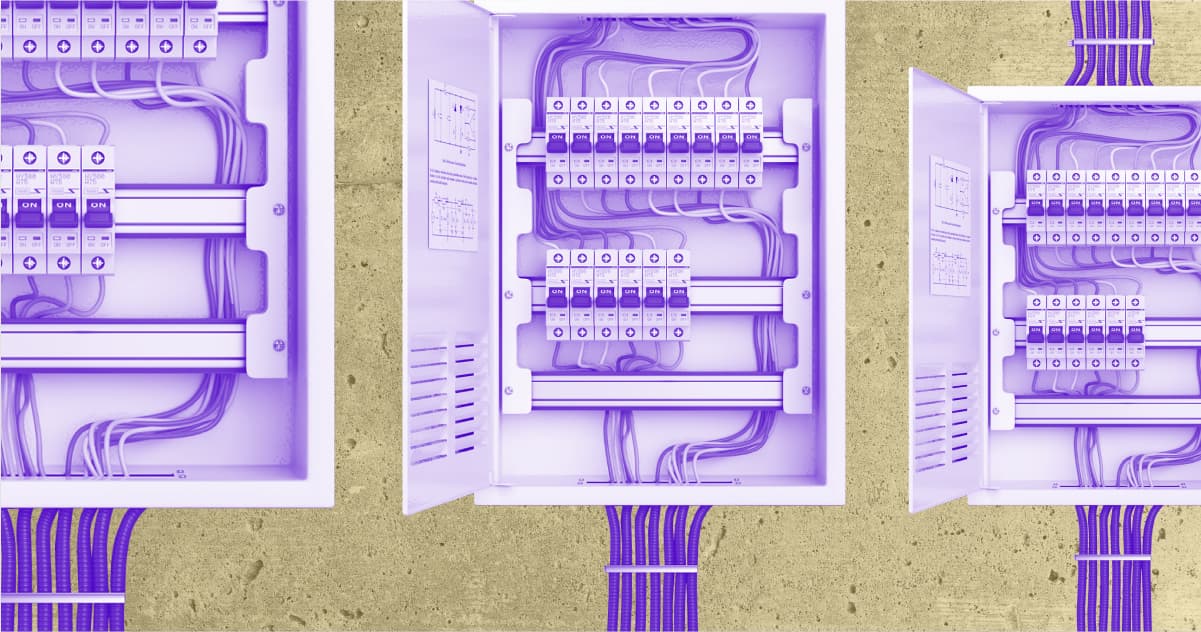
One of the first things you should do on the path to electrifying everything (or anything!) in your home is to check the size of your home’s electrical panel. This will help you determine if you can add new loads to your existing panel without requiring a panel or service upgrade.
Your home gets its electrical service from the electric grid, and distributes it to the individual circuits and wall outlets in your home through your home’s electrical panel — sometimes called the breaker box, load center, fuse box, distribution center, or distribution box. Your home's electrical panel is rated to safely distribute a fixed amount of power, which is measured in Amps.
Older homes might have 60 or 100 Amp panels, while newer homes commonly have panels that are 200 Amps or larger. This number will almost always be less than 400 Amps. Common panel Amp values include 60, 100, 125, 150, 200, and 220. 300 and 400 might occur in some newer and larger homes.
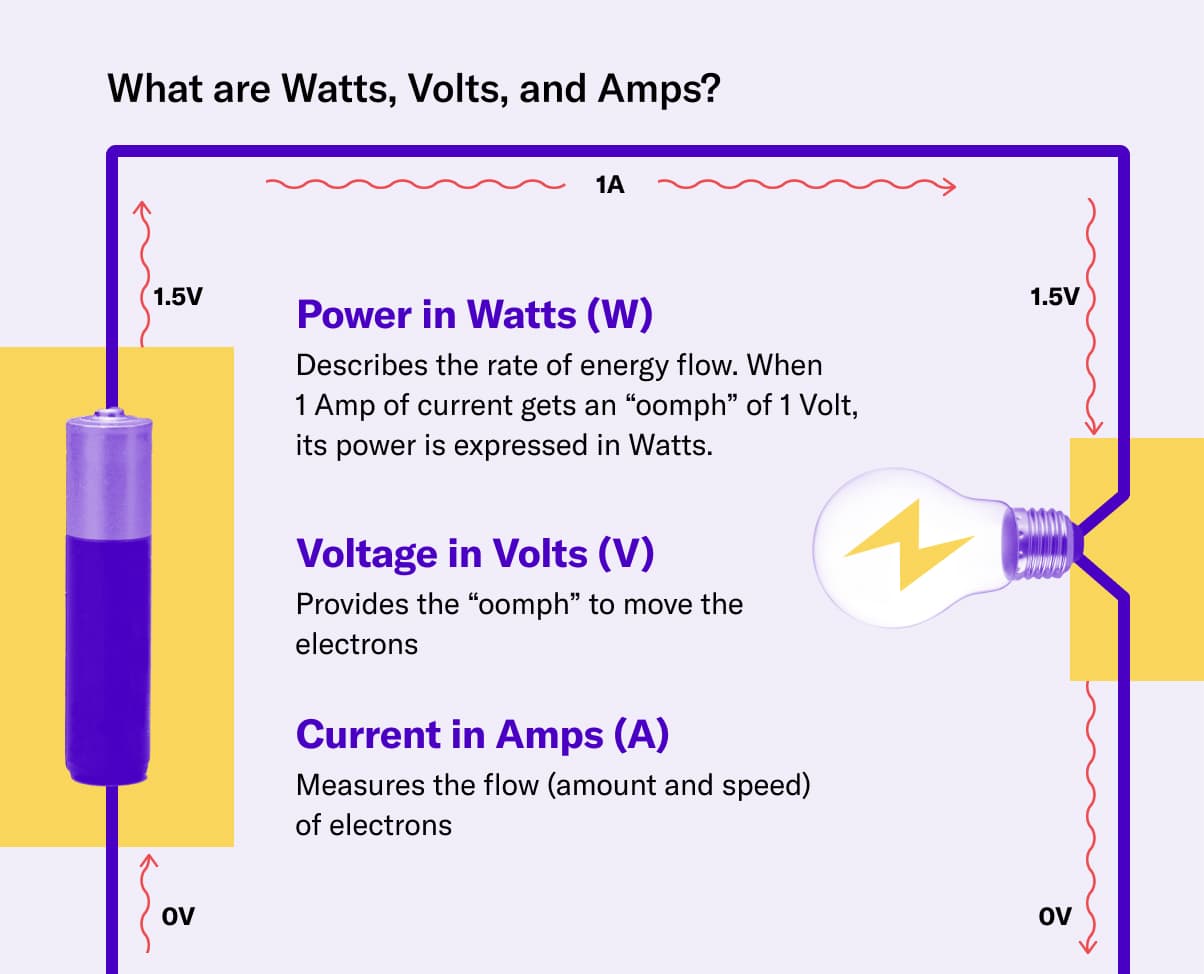
Finding out the Amp value of your panel is safe to do yourself, but you can also have an electrician do it for you.
Scavenger hunt time
Ready to go on an electrical panel scavenger hunt? Let’s go!
Start by locating your main electrical panel. Your main electrical panel is typically near your electric meter, which is how your utility measures how much electricity you use. Often, your main electrical panel is outside your home. Sometimes, it may be inside, in the basement or a closet on the other side of the wall from your outside electrical meter. Here are a few examples of what main electrical panels look like:
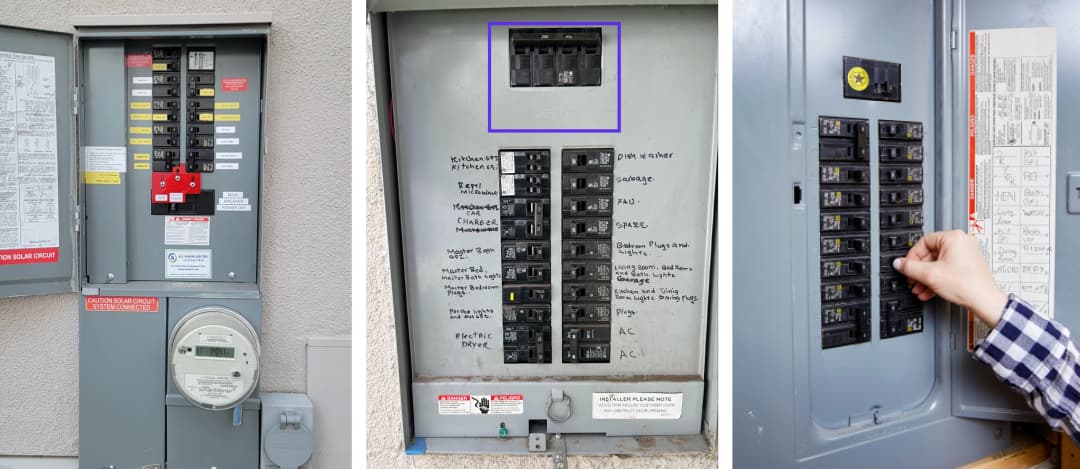
Your home may also have one or more subpanels, which are secondary service panels fed by the main electrical panel. Subpanels are typically installed when many new circuits are added at once, and are typically inside your home. Here’s what a subpanel may look like:
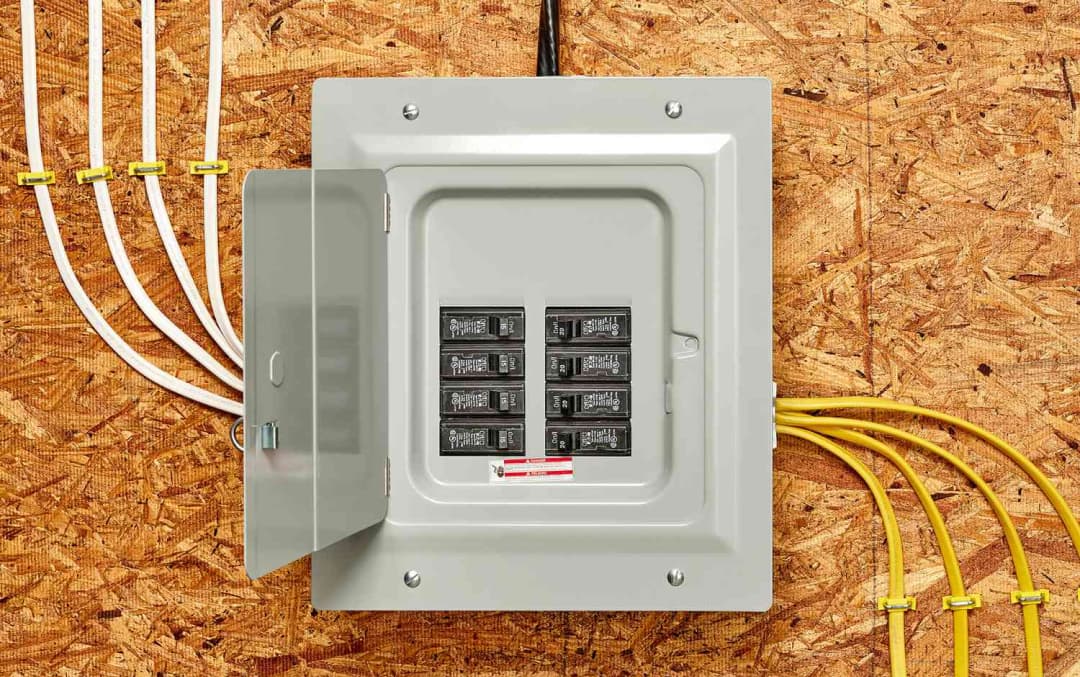
If your home has multiple electrical panels, the main electrical panel is typically the one that’s closest to your electrical meter. Make sure you’ve located your main electrical panel rather than a subpanel.
Not sure if you’ve found your main electrical panel or a subpanel? Follow these steps: Find the service wires that connect your home to the street poles. Usually, you can follow those wires down to your roof. Continue following your wires down to the electrical meter. Finally, find the nearest panel, which is most likely to be the main panel.
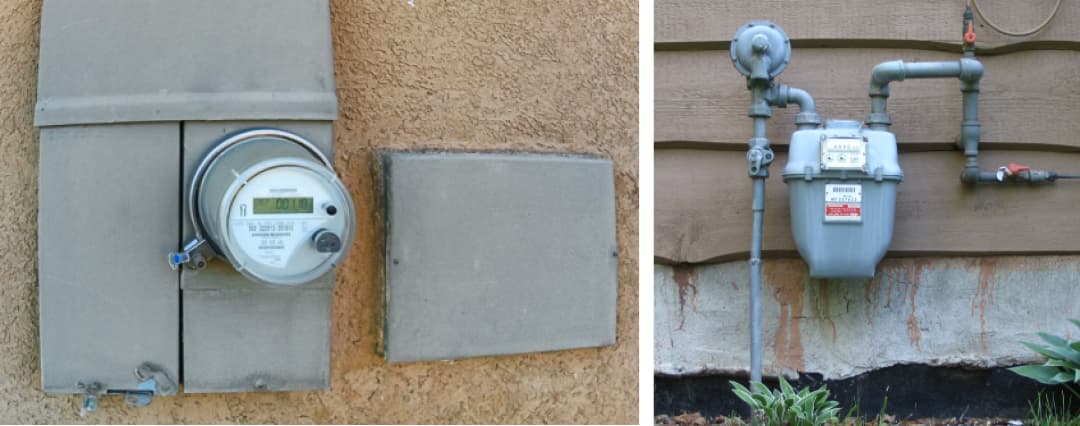
Find your panel size
Now that you’ve found your main electrical panel, find your panel size in one of these three places:
Main breaker or fuse: Look inside your electrical panel to find your main breaker. The main breaker or fuse is usually the largest switch inside your electrical panel, and it should have its capacity written on it or next to it. It may be labeled “Main” or “Service Disconnect.” The number written on the switch indicates your panel size in Amps. This is typically the easiest place to find your panel size.
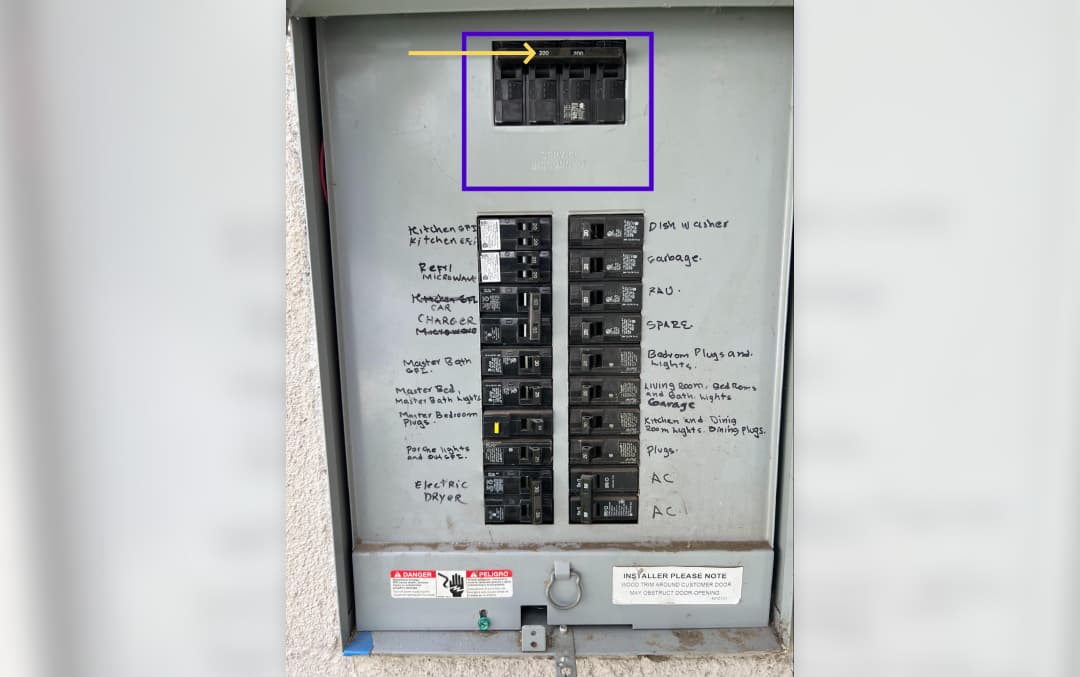
Label on the electrical panel: You may also find a label that indicates the panel’s amperage rating. The label may be affixed by the manufacturer, or by an inspector when your panel was first installed or inspected.
Electric meter: Your electric meter is probably outside your home. See if your meter has an amperage rating printed on its face, or on a label affixed to its body. It might say CL200, which means it can handle a maximum of 200 Amps.
Plan away
Did you find your answer? Congratulations — you’ve completed the electrical panel scavenger hunt! (And now you know where to go to flip the breaker next time your 30-year-old microwave trips your kitchen circuit.)
If you still didn’t find your panel or its electrical service capacity, no worries — panel size is sometimes hard to find, particularly on older panels. Ask an electrician to do it for you. You can still make your electrification plans in the meantime.
This guide adapted from “Electrify Everything in Your Home” by Joel Rosenberg.
Learn how to prep your home for electrification with Rewiring America's free electrical panel guide. Check it out.
Sources: (1) https://www.bhg.com/home-improvement/electrical/how-to-check-your-homes-electrical-capacity/, https://allmarinelectric.com/electrical-panel-upgrades (2) https://www.thespruce.com/sub-panels-for-additional-space-1152719 (3) https://www.hunker.com/13414139/how-to-read-a-digital-electric-meter, https://en.wikipedia.org/wiki/Gas_meter
First, electric upgrades. Then your whole home?
We’ve launched a free tool to help you go all-electric. Make your plan. Maximize your savings. Get help along the way.
Start planning today